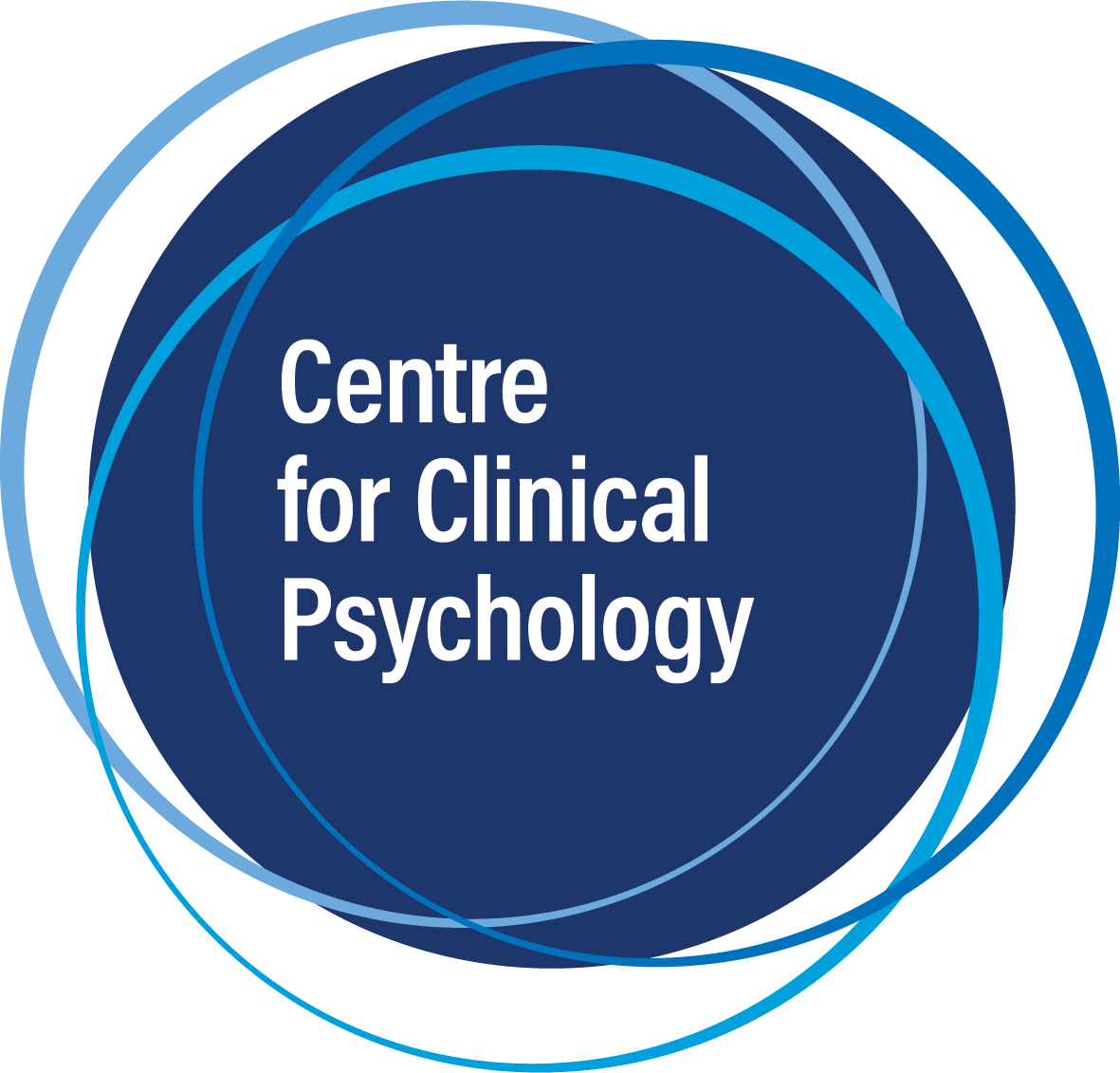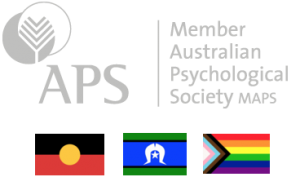Attention-Deficit/Hyperactivity Disorder (ADHD) is a condition that has been attracting a lot of attention in recent years.
ADHD is a condition that affects people of all ages, but historically it has most often been diagnosed in children. Increasingly, many adults are wondering if they also have this condition, only it was not picked up in childhood. Many adults are now pursuing assessment for ADHD, as well as seeking treatment and strategies to improve functioning and reduce distress.
Population surveys suggest that ADHD occurs worldwide in about 7.2% of children (Thomas et al. 2015).
The 2023 Australian ADHD Clinical Practice Guideline states that “the prevalence of adult ADHD in Australia is likely to be similar to that found internationally, which is between 2% and 6% of the population.”
It can be difficult to identify ADHD in adults. This is because ADHD often manifests differently in adults compared to children. Many adults with the condition have gone undiagnosed for many years, or misattributed their struggles to other factors, and as a result can have low-self esteem or mental health difficulties.
It’s essential to start with a clear understanding of this neurodevelopmental disorder, so let’s demystify it together.
What is ADHD?
ADHD is characterised by a persistent pattern of inattention, hyperactivity, and impulsivity that can interfere with daily life. However, ADHD isn’t just about being hyperactive or easily distracted; it’s a complex neurological condition with various presentations.
The Three Types of ADHD:
1. Predominantly Inattentive Presentation: Individuals with this type may struggle with focusing, organising tasks, and tend to make careless mistakes. They may forget important details and have difficulty staying organised.
2. Predominantly Hyperactive-Impulsive Presentation: This type involves excessive hyperactivity and impulsivity. People with this presentation may have trouble sitting still, act without thinking, interrupt others, and have difficulty waiting their turn.
3. Combined Presentation: This is the most common type and involves a combination of inattentive, hyperactive, and impulsive symptoms.
Some examples of behaviours that might indicate ADHD
- Daydreaming and in a world of your own
- Difficulty maintaining focus; easily distracted
- Disorganised and messy (in both appearance and physical space)
- Do people tell you that you don’t appear to be trying?
- Do people think you aren’t motivated?
- Are you forgetful?
- Are you hyper-talkative, but have difficulty with listening?
- Hyperreactivity (exaggerated emotional responses)
- Do people or you think you are making “careless” mistakes?
- Are you often late – is time management difficult for you?
- Do you have problems completing tasks?
- Do you seem to get easily upset?
- Do you find yourself shifting focus from one activity to another?
- Does it take time to process information and directions
- Are you verbally impulsive, do you blurt out answers and interrupt others?
Causes:
The exact cause of ADHD is not fully understood, but it is believed to be a complex interplay of genetic, environmental, and neurological factors. While it is often diagnosed in childhood, ADHD can persist into adolescence and adulthood.
Assessment of ADHD and Treatment:
A proper diagnosis involves a comprehensive assessment by a qualified healthcare professional. At the Centre for Clinical Psychology assessments are conducted by trained psychologists. Assessments are conducted over 3 x 90 minute sessions. The first two sessions are for assessment, and involve your psychologist asking you questions. You will also be asked to complete a number of questionnaires known to be reliable and valid for assessing ADHD. We will also ask to contact someone in your life such as a partner or parent to provide information to assist the assessment. Finally, during these first two sessions we also screen for other mental health problems.
In the third (final) 90 minute session, you will be presented with a report and your psychologist will explain the results and help you make plans for the future.
Following the assessment we can also support you with coming to terms with a diagnosis, and we can also help you with therapy for issues related to self-image and self esteem, as well as building upon your strengths. We also provide mental health treatment for co-occurring mental health difficulties, such as anxiety or low mood. We can also assist partners and other family members, helping them to support and understand the person with ADHD.
Mental Health Treatment
Treatment for ADHD includes medication, behavioural therapies, or a combination of both, tailored to the adult individual’s specific needs. Individuals with ADHD can also have a higher rate of co-occurring mental health problems such as anxiety disorders and major depressive disorder (Kessler et. al. 2006).
Recognising and understanding ADHD is the first step toward managing it effectively. It is also important that the individual also receives treatment for co-occurring mental health conditions.
At the Centre for Clinical Psychology, we can provide support and guidance to adult individuals and families dealing with ADHD and any co-occurring mental health problems. With the right strategies and interventions, those with ADHD can lead fulfilling and successful lives.
If you suspect you or a loved one may have ADHD, contact the Centre for Clinical Psychology on 03 9077 0122 or book online www.ccp.net.au. Stay up to date with our regular blogs on ADHD, trauma and other mental health topics.
To learn more about our team, you can view the photos bios of our team of clinical psychologists
References
2023 Australian ADHD Clinical Practice Guideline https://adhdguideline.aadpa.com.au/about/about-adhd/
2023 Australian ADHD Clinical Practice Guideline https://adhdguideline.aadpa.com.au/treatment-and-support/multimodal-treatment-support/
Kessler, R. C., Adler, L., Barkley, R., Biederman, J., Conners, C. K., Demler, O., Faraone, S. V., Greenhill, L. L., Howes, M. J., Secnik, K., Spencer, T., Ustun, T. B., Walters, E. E., & Zaslavsky, A. M. (2006). The prevalence and correlates of adult ADHD in the United States: results from the National Comorbidity Survey Replication. The American journal of psychiatry, 163(4), 716–723. https://doi.org/10.1176/ajp.2006.163.4.716
Neurodevelopmental Disorders. (2022). In Diagnostic and Statistical Manual of Mental Disorders (1–0). American Psychiatric Association Publishing. https://doi.org/10.1176/appi.books.9780890425787.x01_Neurodevelopmental_Disorders
Thomas R, Sanders S, Doust J, et al: Prevalence of attention-deficit/hyperactivity disorder: a systematic review and meta-analysis. Pediatrics 135(4):e994–1001, 2015



